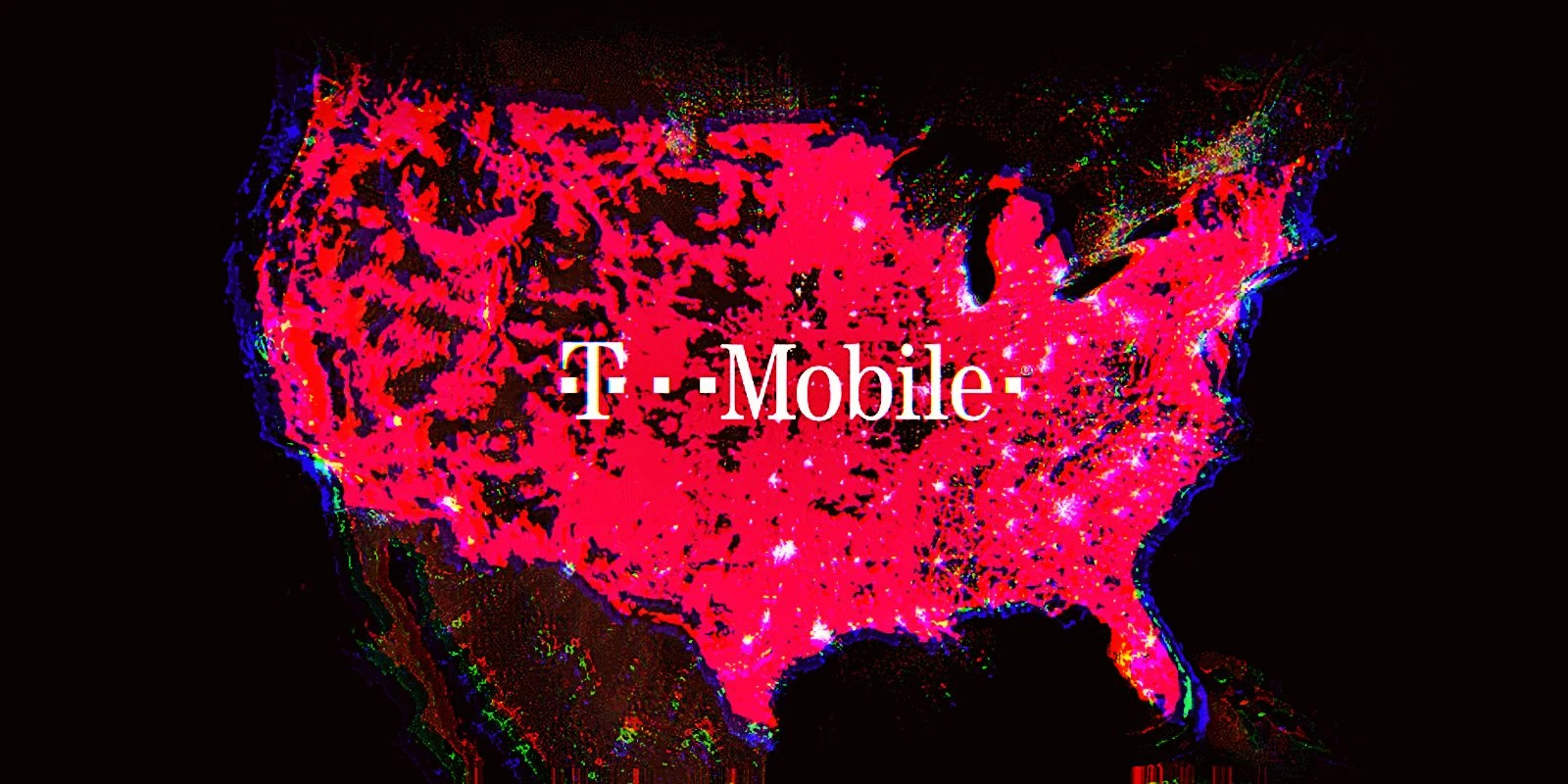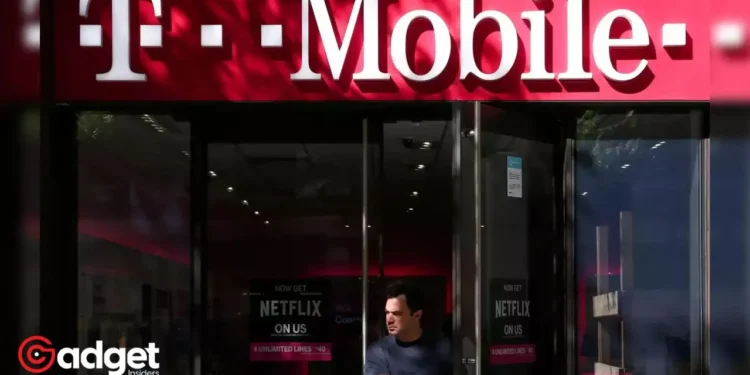In an unexpected turn of events, T-Mobile subscribers woke up to a less-than-pleasant Friday morning as the carrier’s network underwent what was described as “planned work.” This unforeseen hiccup led to a significant spike in user complaints, shedding light on the challenges of maintaining seamless connectivity in today’s digital age. Here’s a closer look at what transpired and how it affected users across major U.S. cities.

T-Mobile: The Early Morning Distress
Before the sun could even rise, T-Mobile users began noticing anomalies in their service. A staggering surge in complaints was recorded by DownDetector, a reliable platform for tracking outages. From a mere 42 submissions at the crack of dawn, the number skyrocketed to 4,748 by 6:41 am ET.
This exponential increase wasn’t just a blip on the radar; it was a clear indicator that T-Mobile’s network was experiencing significant disturbances. The majority of grievances, a hefty 75%, revolved around SMS texts. Users were left in the dark, unable to receive confirmation that their messages had reached their intended recipients.
While some texts did eventually make their way through, the uncertainty caused considerable frustration. Adding to the chaos, 19% of the reports pointed to an inability to send or receive phone calls, and a smaller fraction, 6%, encountered issues with their 5G home internet service.
The Cities That Felt the Impact
The ripple effect of T-Mobile’s network issues was felt far and wide, touching base in metropolitan hubs such as New York City, Chicago, Los Angeles, Philadelphia, Boston, Miami, Tampa, Columbus, and Charlotte. This wasn’t just a minor inconvenience; it was a blockade in the daily communications of countless individuals.
To compound the situation, T-Mobile’s dedicated support line, 611, was also out of commission, leaving subscribers with limited avenues for assistance.
FCC Chairman launching investigation into ‘unacceptable’ T-Mobile network outage https://t.co/m7PG2ZAb2m pic.twitter.com/4KBFQ0GNvt
— TmoNews (@TmoNews) June 16, 2020
The Underlying Cause
As the day progressed, the flood of complaints began to recede, with reports dwindling to 96 by early afternoon. The Mobile Report received an official statement from T-Mobile, shedding light on the situation: “We resolved an issue that caused some customers to experience intermittent issues with texting and calling for a short period overnight. This was related to planned work on our network. We apologize for any inconvenience.”
This acknowledgment brought some solace to subscribers, confirming that the disruptions were indeed a byproduct of planned network enhancements. However, it raised questions about the carrier’s communication strategy.
Specifically, it left many wondering whether subscribers were given adequate notice of the potential service interruptions, akin to road construction warnings that preemptively inform drivers of lane closures.

The Silver Lining
Despite the morning’s turmoil, there was a glimmer of hope. Reports indicated that normalcy began to restore as early as 9:40 am ET, signaling a swift recovery from the network’s early disturbances. This rapid turnaround is a testament to T-Mobile’s commitment to resolving issues and minimizing subscriber inconvenience.
T-Mobile’s recent network hiccup serves as a poignant reminder of the complexities involved in managing and upgrading vast digital infrastructures. While the temporary inconvenience was met with understandable frustration, it also highlighted the importance of effective communication between service providers and their subscribers.
As we continue to navigate through the digital era, the resilience and responsiveness of networks like T-Mobile’s will be crucial in keeping us connected to the world around us.










